What Made Maria Branyas Live to 117? Genes, Gut Microbes, and Lifestyle Secrets
The Science Behind a 117-Year Life: Lessons from the World’s Oldest Person
Maria Branyas Morera wasn’t just a record-holder—she was a scientific treasure. When she passed away in 2024 at age 117, she left behind a final request: “Please study me.”
Researchers at the University of Barcelona did just that. They analyzed her blood, saliva, urine, and stool to understand what allowed her to outlive nearly everyone on Earth. Their findings, published in Cell Reports Medicine, reveal a powerful mix of genetics, gut health, and lifestyle—but also a cautionary note: longevity isn’t guaranteed by biology alone.
The Genetic Lottery: Did She Win?
Branyas carried rare genetic variants linked to protection against:
- Heart disease
- Alzheimer’s and other dementias
- High cholesterol
- Certain cancers
Her cells even appeared biologically younger than her chronological age—a sign of slowed aging at the cellular level.
Dr. Manel Esteller, the lead geneticist on the study, noted:
“She had a genetic profile that stacked the odds in her favor.”
But experts warn: having “good genes” doesn’t ensure a long life. As Dr. Immaculata De Vivo of Harvard explains, individual case studies can’t prove causation. Just because someone lives to 117 with certain genes doesn’t mean those genes caused her longevity.
“Longevity is probabilistic, not predetermined,” she says.
The Gut Microbiome: A Hidden Ally in Aging
One of the most striking findings? Branyas’s gut microbiome was unusually healthy.
Her stool samples showed high levels of Bifidobacterium—a beneficial bacterium linked to:
- Lower inflammation
- Stronger immunity
- Better digestive health
Notably, she ate three yogurts a day, a known source of probiotics that support Bifidobacterium growth.
Why does this matter? Chronic inflammation is a hallmark of aging. It drives heart disease, cognitive decline, and frailty. A balanced microbiome may help dampen this inflammatory fire, supporting healthier aging.
At ClinicalMicrobiology.org, this finding resonates deeply: the gut isn’t just about digestion—it’s a central regulator of immunity and longevity.
Lifestyle: The Non-Negotiable Foundation
Genes and microbes aside, Branyas lived with remarkable discipline:
- Mediterranean diet rich in plants, olive oil, and yogurt
- No smoking or alcohol
- Daily walking until her late 90s
- Strong social ties—she made new friends even as old ones passed away
- Mental engagement: she played piano until age 112
She lived independently until age 94 and remained in close contact with family in her hometown of Olot, Spain.
“She led a healthy, connected, purposeful life,” said Esteller. “That’s not just good for longevity—it’s good for living well.”
But Genes Aren’t Destiny: The Socioeconomic Reality
Not all experts are convinced that biology tells the whole story.
Dr. Mary Armanios of Johns Hopkins points out that socioeconomic factors—like income, education, and access to healthcare—can create 20-year gaps in life expectancy, even within the same city.
“Good genes might help you avoid disease,” she says, “but they can’t overcome poverty, stress, or lack of medical care.”
In other words: Branyas’s longevity likely resulted from a rare convergence of privilege, biology, and behavior—not just DNA.
What Can We Learn?
While most of us won’t live to 117, Branyas’s life offers practical takeaways:
✅ Nurture your gut: Eat fermented foods like yogurt, kefir, or sauerkraut to support beneficial microbes.
✅ Stay active: Even light daily movement matters.
✅ Eat whole, plant-rich foods: The Mediterranean diet remains the gold standard for longevity.
✅ Prioritize relationships: Social connection is as vital as any supplement.
✅ Don’t obsess over “longevity genes”: Focus on what you can control.
Final Thought: Longevity Is a Symphony—Not a Solo
Maria Branyas Morera’s life wasn’t sustained by a single factor. It was the harmony of genes, microbes, choices, and circumstances—a symphony few can replicate, but many can learn from.
As microbiologists and clinicians, we must remember: healthspan is shaped at the intersection of biology and environment. And sometimes, the oldest secrets are the simplest: move, eat well, connect, and care for your inner ecosystem.
Explore More on Microbiome & Aging
At ClinicalMicrobiology.org, we dive deep into how microbes influence immunity, chronic disease, and healthy aging.
👉 Subscribe today for evidence-based insights that bridge lab science and real-life wellness.
Note: This article is inspired by reporting from The New York Times (September 24, 2025) and peer-reviewed research in Cell Reports Medicine. All content has been independently rewritten for originality, clarity, and educational value. Scientific credit belongs to Dr. Manel Esteller and colleagues.
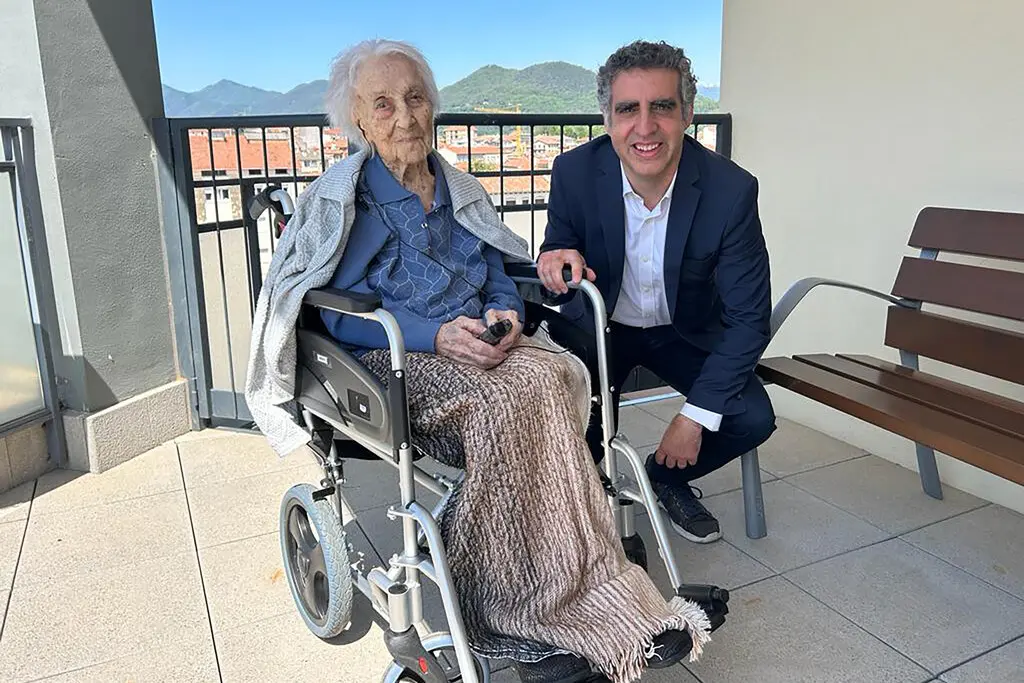
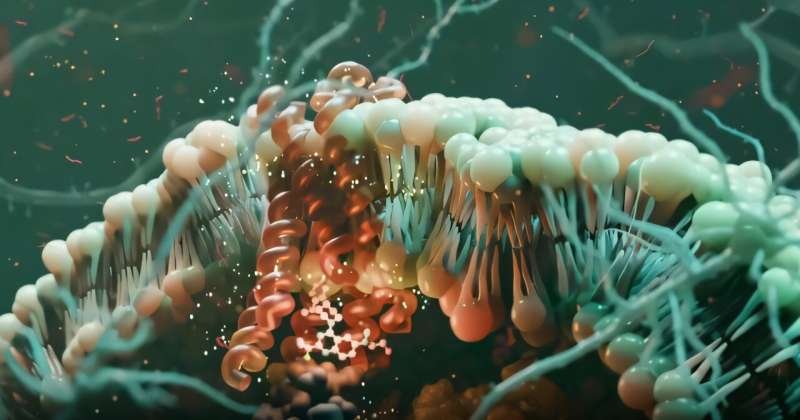
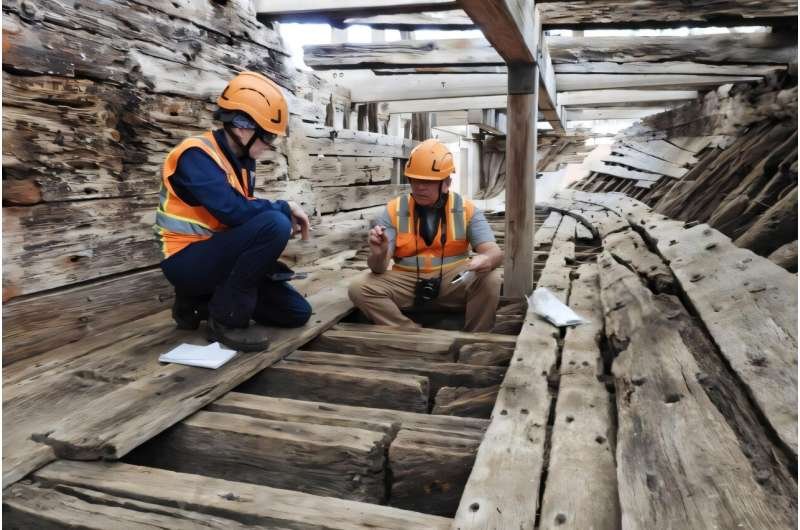
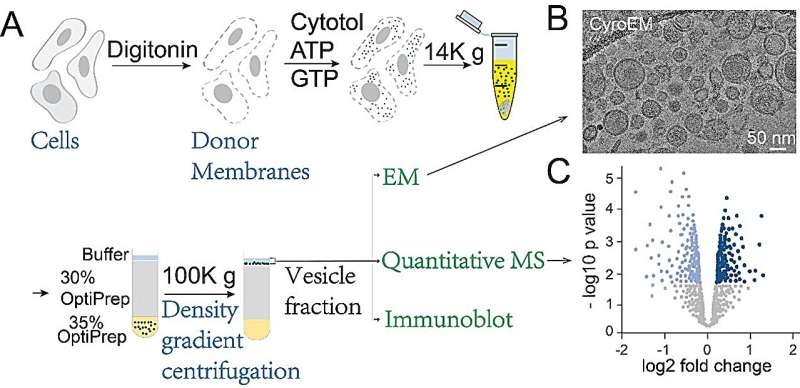
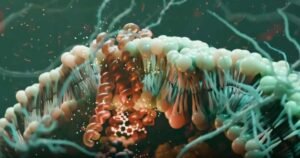
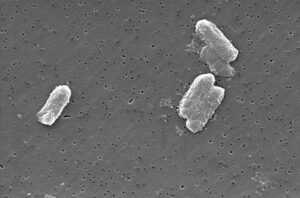
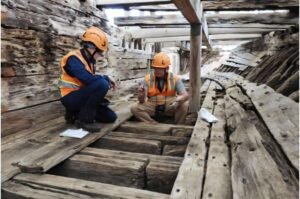
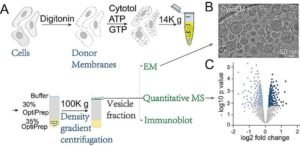
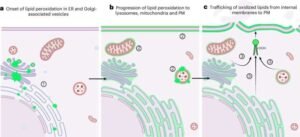

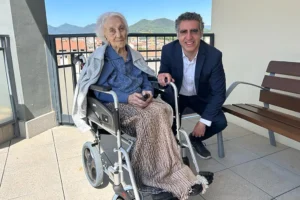
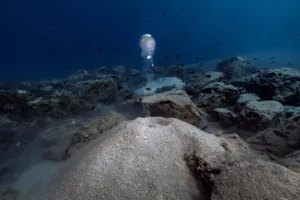
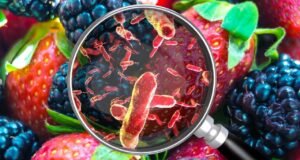
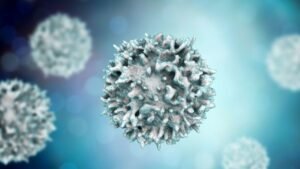
Post Comment